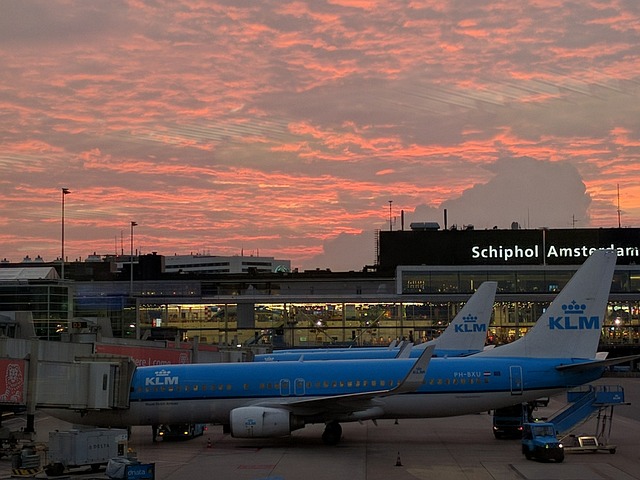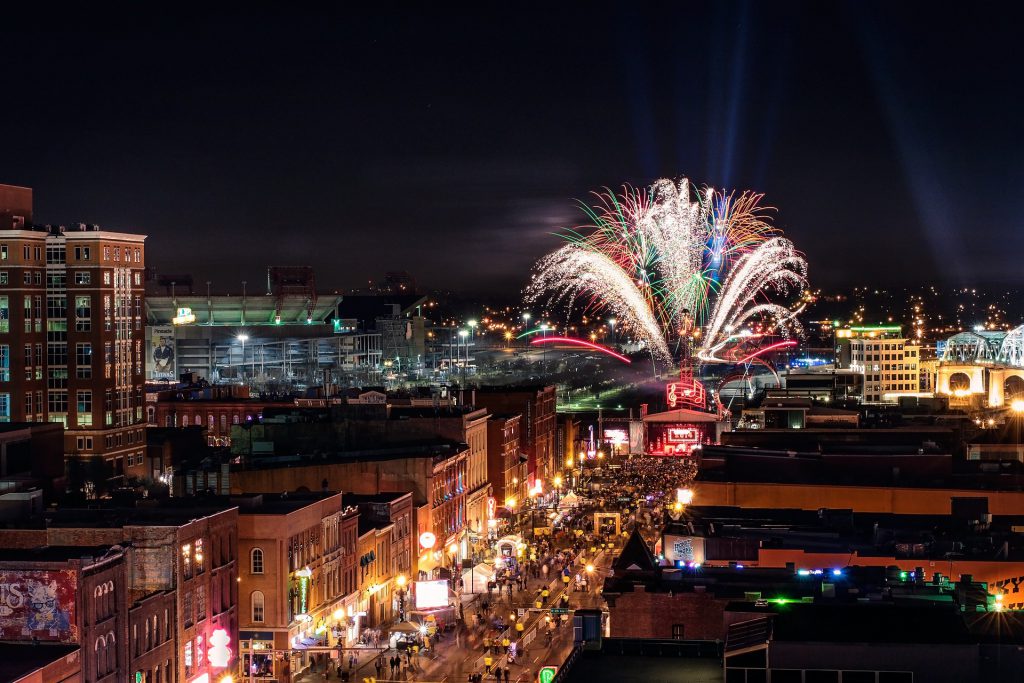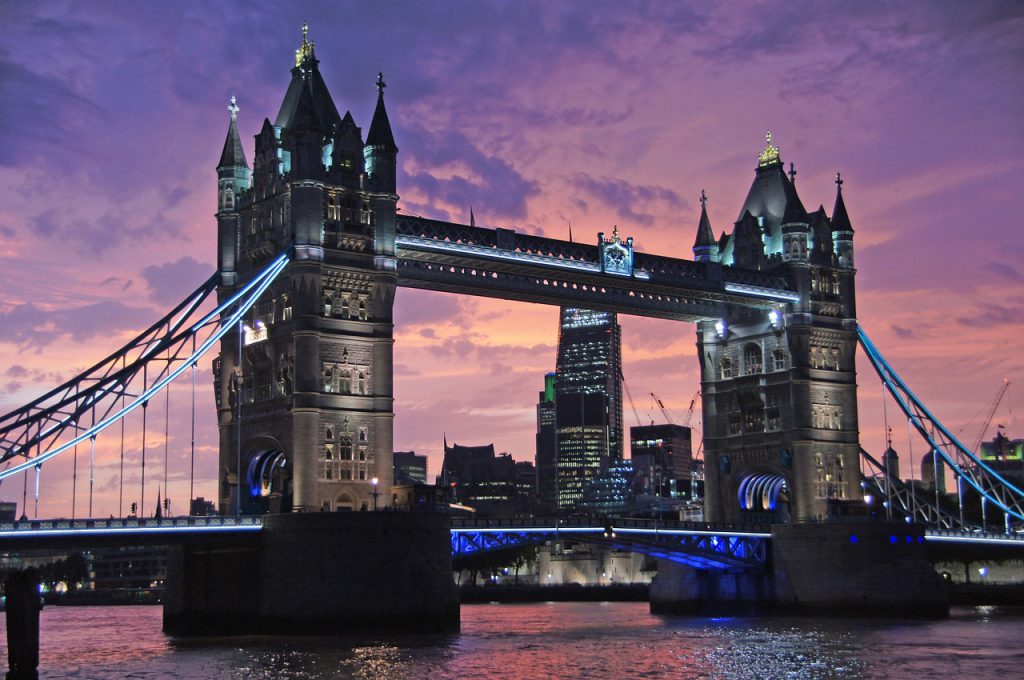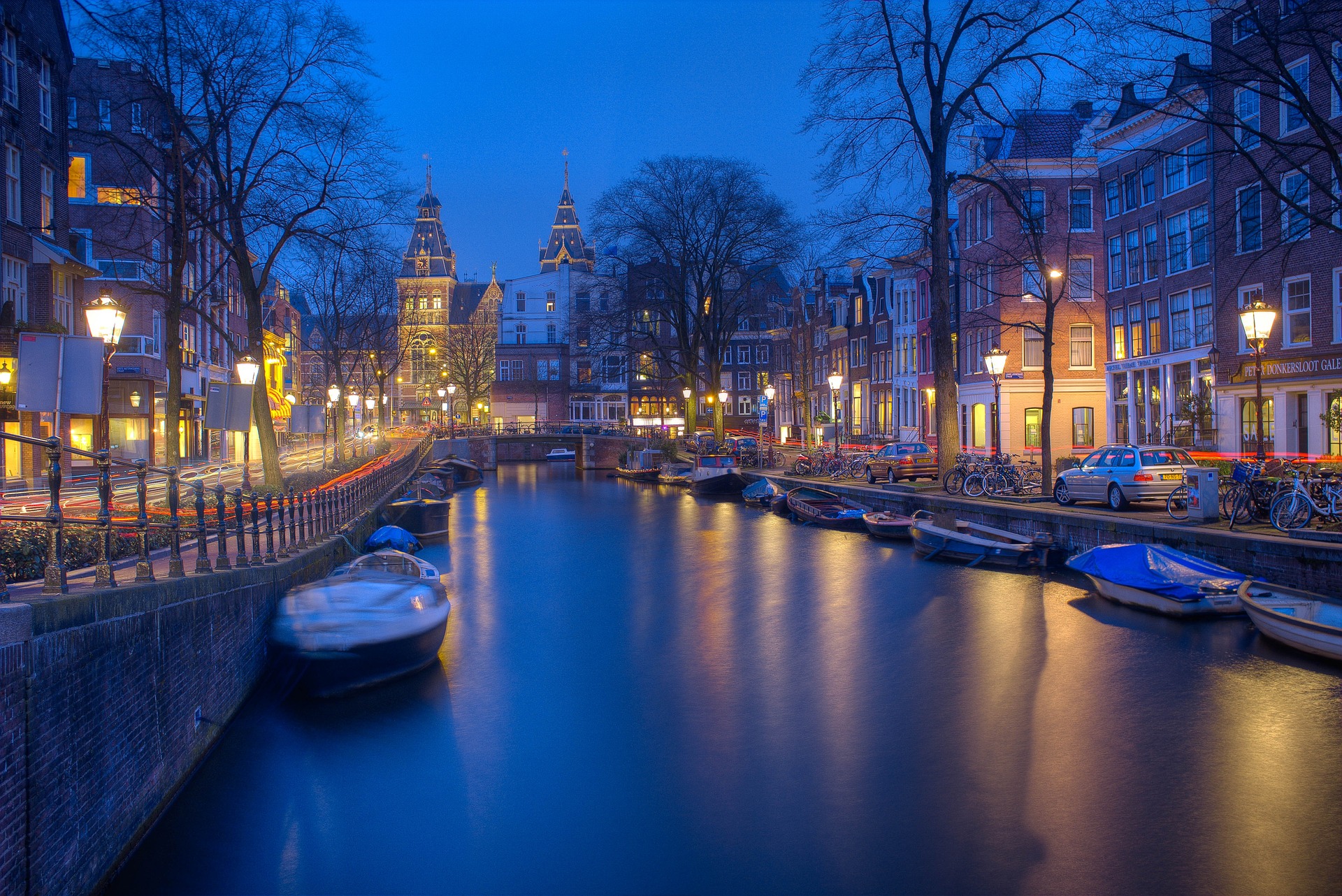
Bikes, Boats, and Bitterballen: A Comprehensive Guide to Amsterdam
Amsterdam is the capital city of the Netherlands and is located in the western part of the country. The city has a rich history that dates back to the 13th century, and its unique culture and architecture have made it a popular tourist destination.
Why Amsterdam?
There are many reasons why a tourist should consider visiting Amsterdam. Here are some of the top reasons:
- The Canals: Amsterdam is known for its beautiful canals that crisscross the city. These canals are a UNESCO World Heritage Site and are a must-see for any visitor.
- The Museums: Amsterdam is home to some of the world’s best museums, including the Rijksmuseum (tickets), Van Gogh Museum (tickets), and Anne Frank House. These museums offer visitors a chance to learn about art, history, and culture.
- The Architecture: Amsterdam has unique architecture that is both historic and modern. The city is famous for its narrow houses, which were built in the 17th century and are now a symbol of the city.
- The Nightlife: Amsterdam has a vibrant nightlife, with a wide range of bars, clubs, and restaurants. Whether you’re looking for a quiet drink or a wild night out, Amsterdam has something for everyone.
- The Bikes: Amsterdam is famous for its biking culture, with more bikes than people in the city. Visitors can rent a bike and explore the city like a local.
- The Food: Amsterdam has a diverse food scene, with everything from traditional Dutch cuisine to international dishes. Visitors can try local specialties like stroopwafels, bitterballen, and raw herring.
- The Festivals: Amsterdam hosts a variety of festivals throughout the year, including King’s Day, the Amsterdam Dance Event, and the Amsterdam Light Festival. These festivals offer visitors a chance to experience the city’s culture and traditions.
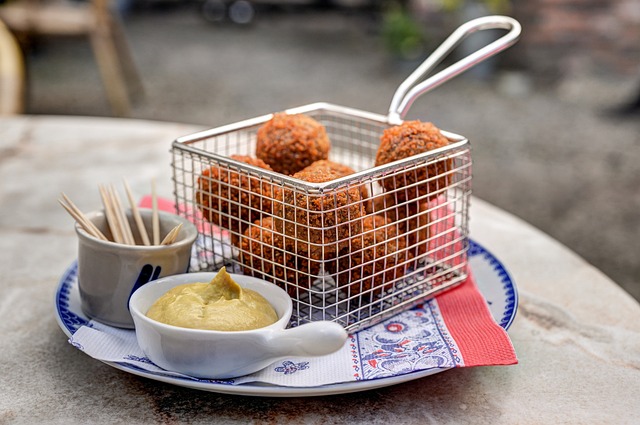
Overall, Amsterdam is a beautiful and vibrant city that offers something for everyone. Whether you’re interested in history, culture, or just having fun, Amsterdam is definitely worth a visit.
What’s the Weather Like?
Amsterdam’s climate is classified as a maritime temperate climate, which means it has mild summers and cool, often rainy winters. Here is a breakdown of the monthly weather in Amsterdam:

Overall, Amsterdam’s weather is relatively mild and can be unpredictable, with occasional rain and wind throughout the year. The summer months are the most popular time to visit, but the city can be enjoyed year-round with appropriate clothing and preparations.
But What About the “Red Light District”?

The Red Light District in Amsterdam is one of the most famous and controversial parts of the city. It is a neighborhood located in the city’s historic center, known for its red-lit windows where sex workers offer their services. The history of the Red Light District dates back several centuries.
In the 14th century, Amsterdam was a bustling port city and a hub of trade and commerce. Many sailors and merchants visited the city, and with them came prostitution. The authorities at the time tried to regulate prostitution by confining it to certain areas of the city, including the Red Light District. The name “Red Light” comes from the red lanterns that prostitutes used to signal their availability to customers.
During the 16th and 17th centuries, Amsterdam became one of the wealthiest cities in Europe, thanks in part to its thriving trade and commerce. The Red Light District continued to be a popular destination for sailors and merchants, and it became known as a place where people could indulge in all kinds of vices, including drinking, gambling, and sex.
In the 19th and early 20th centuries, the authorities in Amsterdam tried to regulate prostitution by requiring sex workers to register with the city and undergo regular medical check-ups. However, this did little to prevent the spread of sexually transmitted diseases, and many women continued to work illegally.
Today, the Red Light District remains a controversial part of Amsterdam’s culture. While some people view it as a legitimate business that provides a service, others see it as exploitative and demeaning to women. The city has taken steps in recent years to try to address some of the negative aspects of the industry, including cracking down on human trafficking and providing support for sex workers who want to leave the industry.
While this may seem seedy to those who have never traveled to Amsterdam, you will likely walk passed a red-light establishment and not even realize it.
Things To Know Before You Go
Time Zone: Central European Time (CET)
Currency: Euro (Current exchange rate)
Language: Dutch (The vast majority of residents also speak fluent English)
Calling Code: +31
Getting Around Once You Are There
Amsterdam is a relatively small city, and many of its attractions are within walking or cycling distance. However, there are several other transportation options that tourists can use to get around the city:
- Bicycles: Amsterdam is famous for its bike culture, and renting a bicycle is one of the best ways to explore the city. There are many rental shops throughout the city, and it’s a fun and efficient way to get around.
- Public transportation: Amsterdam has an extensive public transportation network, including trams, buses, and metros. Tourists can purchase an “I Amsterdam City Card” that includes unlimited use of public transportation, as well as free or discounted admission to many attractions.
- Taxis: Taxis are available throughout the city, but they can be expensive. Make sure to only use licensed taxis, which have blue license plates and are required to use a meter.
- Canal boats: Amsterdam is known for its canals, and taking a canal boat tour is a unique and enjoyable way to see the city. Many tour operators offer guided tours, and some even include drinks or snacks.
- Walking: Amsterdam is a compact city, and many of its attractions are within walking distance of each other. Walking is a great way to explore the city’s charming neighborhoods and hidden gems.
Overall, there are many options for tourists to get around Amsterdam, and it’s easy to find a transportation method that suits your preferences and budget.
Getting There
Schiphol airport was Europe’s third busiest airport in 2017. It is a hub for KLM and its regional affiliate KLM Cityhopper as well as for Corendon Dutch Airlines, Martinair, Transavia, and TUI fly Netherlands. The airport also serves as a base for EasyJet.
There are several airlines that offer direct flights to Amsterdam from various destinations around the world. Some of the major airlines that offer direct flights to Amsterdam include:
- KLM Royal Dutch Airlines
- Delta Air Lines
- United Airlines
- Air France
- British Airways
- Lufthansa
- American Airlines
- Emirates
- Cathay Pacific
- Singapore Airlines
It’s worth noting that the list of airlines that fly directly to Amsterdam may change over time, and some airlines may offer seasonal or limited service. It’s best to check with the airline or a travel booking website to confirm the availability of direct flights to Amsterdam from your departure city.
Once you land in Amsterdam, you can get to the city by rail, bus, or car. There is a rail station under the terminal that operates 24 hours a day. You’ll find a bus terminal located just outside of the airport’s terminal building. Of course, taxi service is available as well. If you’re interested in private transfers from the airport to your hotel in Amsterdam, we can help.
Click here to find the best prices on flights to Amsterdam.
Where to Stay
There are a number of great hotels and extended-stay rentals in Amsterdam. We are fans of these:
- Pulitzer Amsterdam – Address: Prinsengracht 323, 1016 GZ Amsterdam, Netherlands. Phone: +31 20 523 5235.
- The Hoxton – Address: Herengracht 255, 1016 BJ Amsterdam, Netherlands. Phone: +31 20 888 5555.
- Conservatorium Hotel – Address: Paulus Potterstraat 50, 1071 DB Amsterdam, Netherlands. Phone: +31 20 888 5555.
- Ambassade Hotel – Address: Herengracht 341, 1016 AZ Amsterdam, Netherlands. Phone: Phone: +31 20 555 0222
- The Dylan – Address: Keizersgracht 384, 1016 GB Amsterdam, Netherlands. Phone: +31 20 530 2010.
Where to Eat
Amsterdam is a great city for dining out. With its diverse range of restaurants, there is something for everyone. From traditional Dutch eateries to international cuisine, the city has something for everyone. Whether you are looking for a romantic dinner for two or a fun night out with friends, Amsterdam has plenty of options. Some of the best places to dine in Amsterdam include the Michelin-starred De Kas, the historic Café Hoppe, and the stylish restaurant De Struisvogel. For seafood lovers, there is the popular Restaurant Vis aan de Schelde, and for vegetarians, the renowned vegan eatery De Bolhoed. No matter what your taste, Amsterdam has a restaurant to suit all tastes and budgets.
Check out Condé Nast Traveler’s page of the “20 Best Restaurants in Amsterdam“… it’s hard to argue with that list.
What to Do
Why list it all here when you can read our suggestions here?

